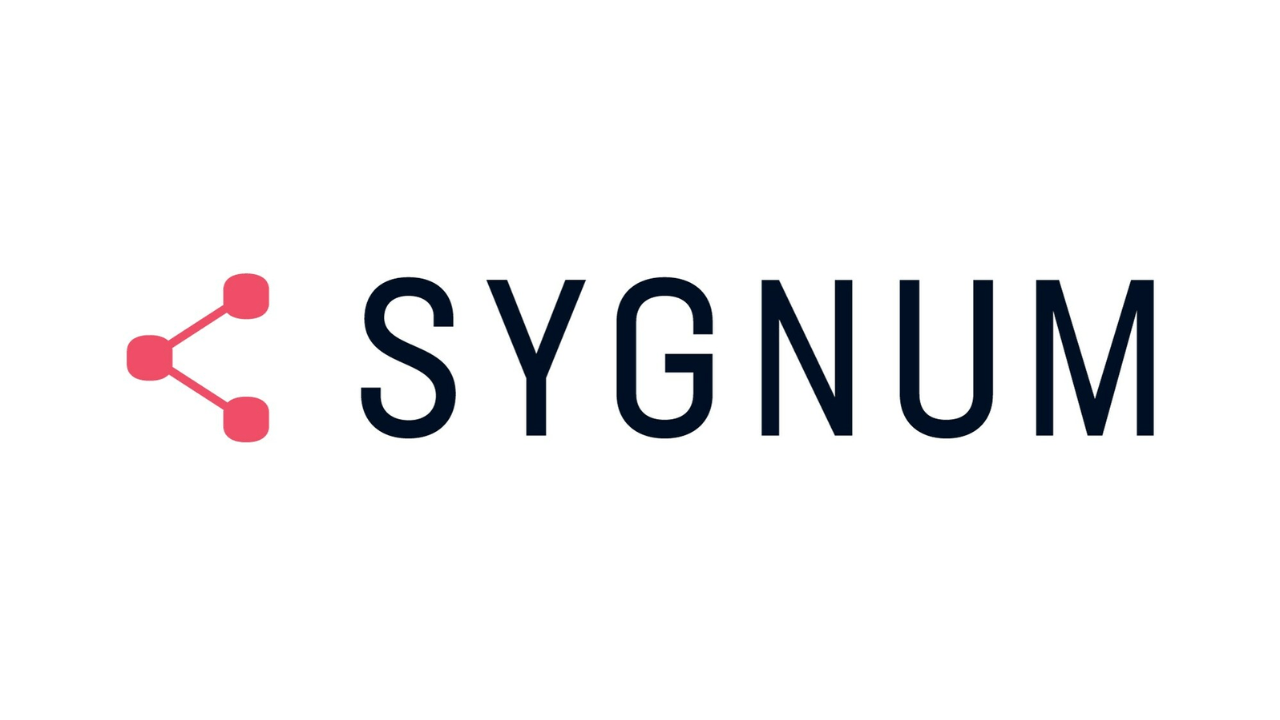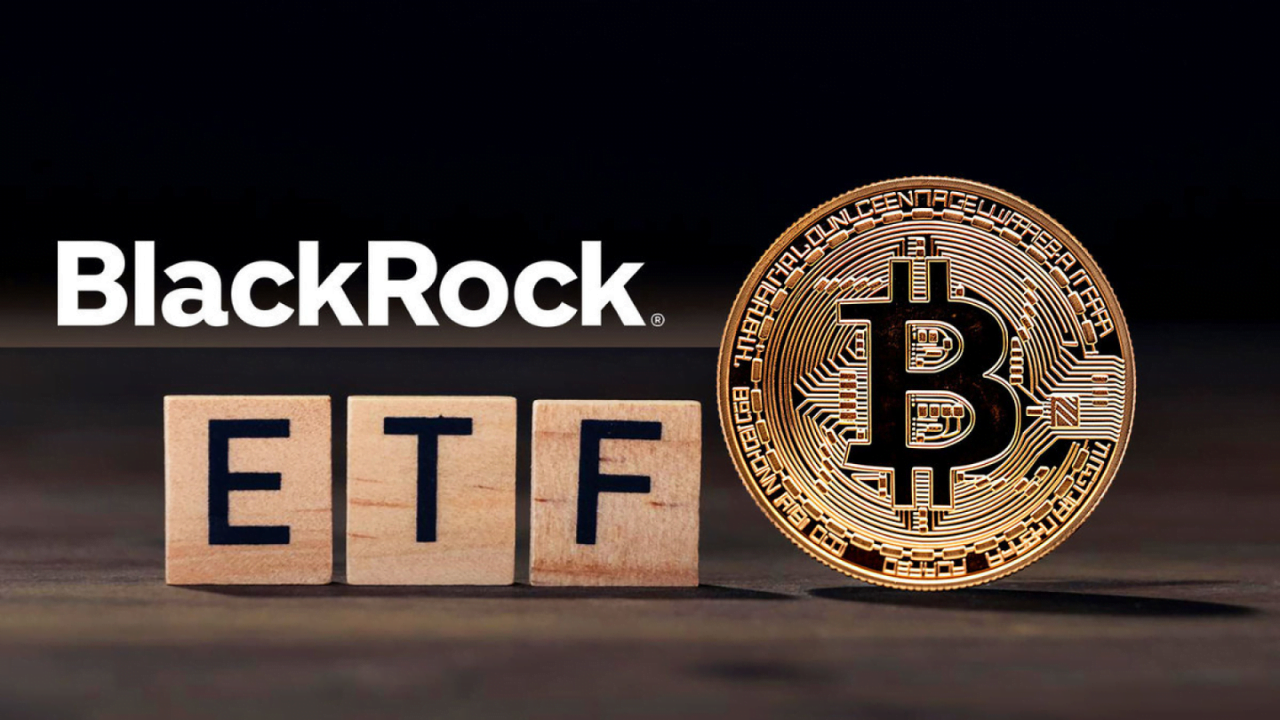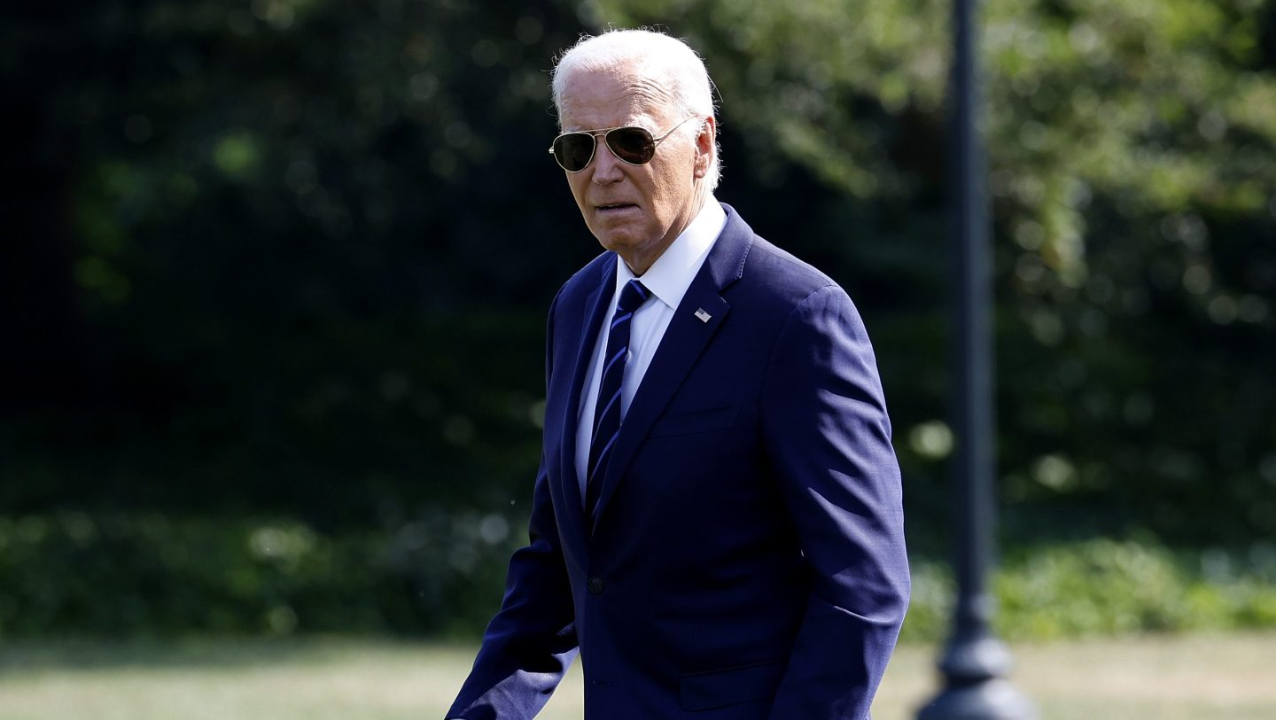Oil prices pushed higher on Monday amid a weakening dollar and tight supplies, offsetting recession fears. Also, concerns over Covid-19 lockdowns in China reducing oil demand are gradually fading.
Brent crude for the September settlement increased by $2.54, representing a 2.5% increase. It is now trading for $103.70 a barrel, extending Friday’s 2.1% gain further.
U.S. West Texas Intermediate (WTI) crude features for August delivered rose by $2.31, representing a 2.4% increase. It is currently trading at $99.90 a barrel, extending the 1.9% gain made in the previous session.
Meanwhile, the U.S. dollar has taken a breather from a multi-year high on Monday, pushing commodities including gold and oil higher. With the dollar weakening, analysts expect dollar-denominated commodities to become more affordable, especially for holders of other currencies.
It would be recalled that Brent and WTI registered their biggest weekly drop last week following months of fears and speculations about global recession impacting oil demand. Also, increasing covid testing exercises in China amid widespread covid infection is fueling oil demand concerns in the country. Nevertheless, oil supplies have remained consistent, pushing prices even higher this week.
Biden turns towards Saudi Arabia for oil supply
Elsewhere, U.S. President Joe Biden’s trip to Saudi Arabia has failed to yield positive results as Saudi Arabia hasn’t committed to increasing the oil supply. Joe Biden has for many months now urged Gulf oil producers to increase oil output as his government continues to work out ways to reduce oil prices and drive down inflation.
On Sunday, Amos Hochstein, a senior U.S State Department adviser for energy security, stated that Biden’s trip was to negotiate ways to increase oil supply. Nevertheless, he failed to mention which countries have agreed to boost output.
In a note released by Baden Moore, head of commodities research at the National Australian Bank, the U.S. expects a gradual increase in supply even though there hasn’t been any immediate commitment for increased oil production.
Meanwhile, global markets have shifted their attention to this week’s resumed Russian gas flows to Europe through the Nord Stream 1 pipeline for fresh impetus.








